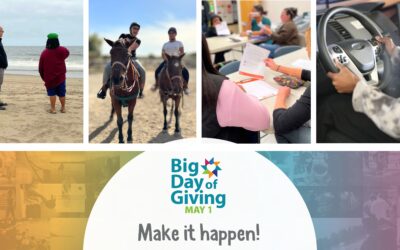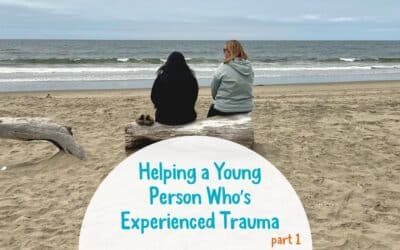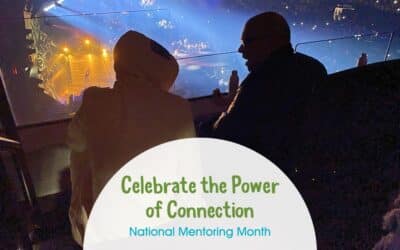Perspective on Trauma and Healing – Part 1

Part 1 reviews how trauma impacts our youth and why understanding this matters. Parts II and III will explore the importance of relationships and how to co-create the kind of experiences that develop resiliency and give young people a strong foundation for growth.
First, let’s look at how trauma impacts our youth.
Youth who come into the child welfare system do so through no fault of their own. The trauma and neglect that they experienced are compounded by the foster care system itself—rotating social workers, overburdened child advocates, and too few foster families.
One way to measure this complex trauma is through the Adverse Childhood Experience (ACE) questionnaire. This measures adversity using 10 questions across three domains of abuse, household challenges, and neglect.
In a national ACE study, nearly 80% of respondents scored in the range of 0-2 adverse experiences. Our youth in foster care, however, almost always score above a 4. According to the CDC, this complex trauma negatively impacts their health.

This level of adversity also impacts brain development. More than one-third of youth emancipating foster care struggle with mental health issues. Many youth who leave foster care feel bogged down by lingering impacts of PTSD and find it difficult to form healthy relationships.
Dr. Nadine Burke Harris, California’s new Surgeon General and renowned childhood trauma expert, advocates that children with higher ACE scores also experience “an over-reactive stress response, triggering hormones and physical reactions.” Trauma, then, literally lives in the body. The trauma can seem paralyzing or overtaking and inescapable.
And this is where it is crucial that we establish a clear distinction: adverse childhood experiences pose very real challenges for our young people, but these experiences do not necessarily correlate to negative outcomes.
As we will see in Part II of this series, new environments with positive experiences promoted by caring individuals can make a significant difference in the lives of young people.
Article by Program Liaison Steve Kempster, LCSW




